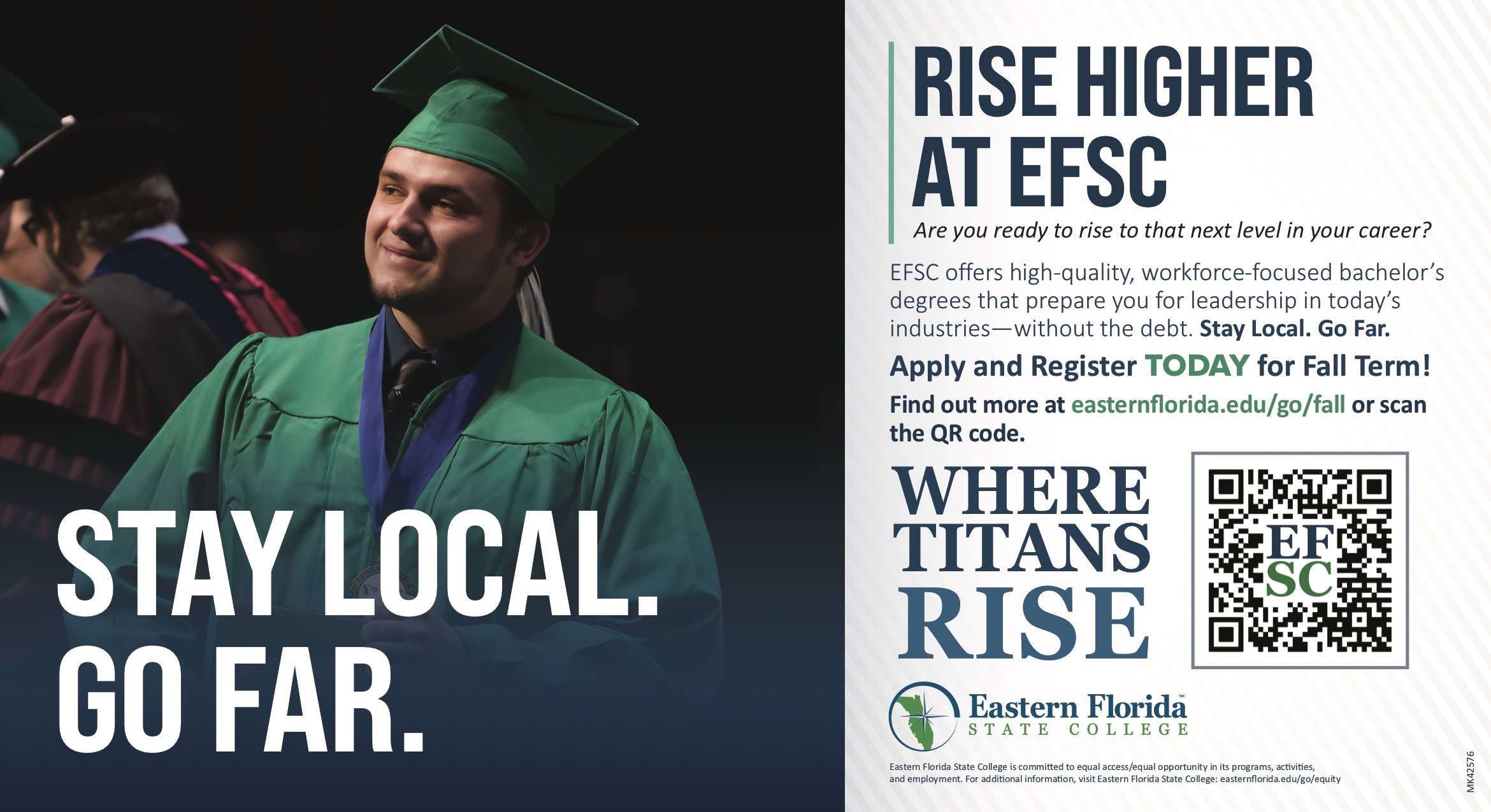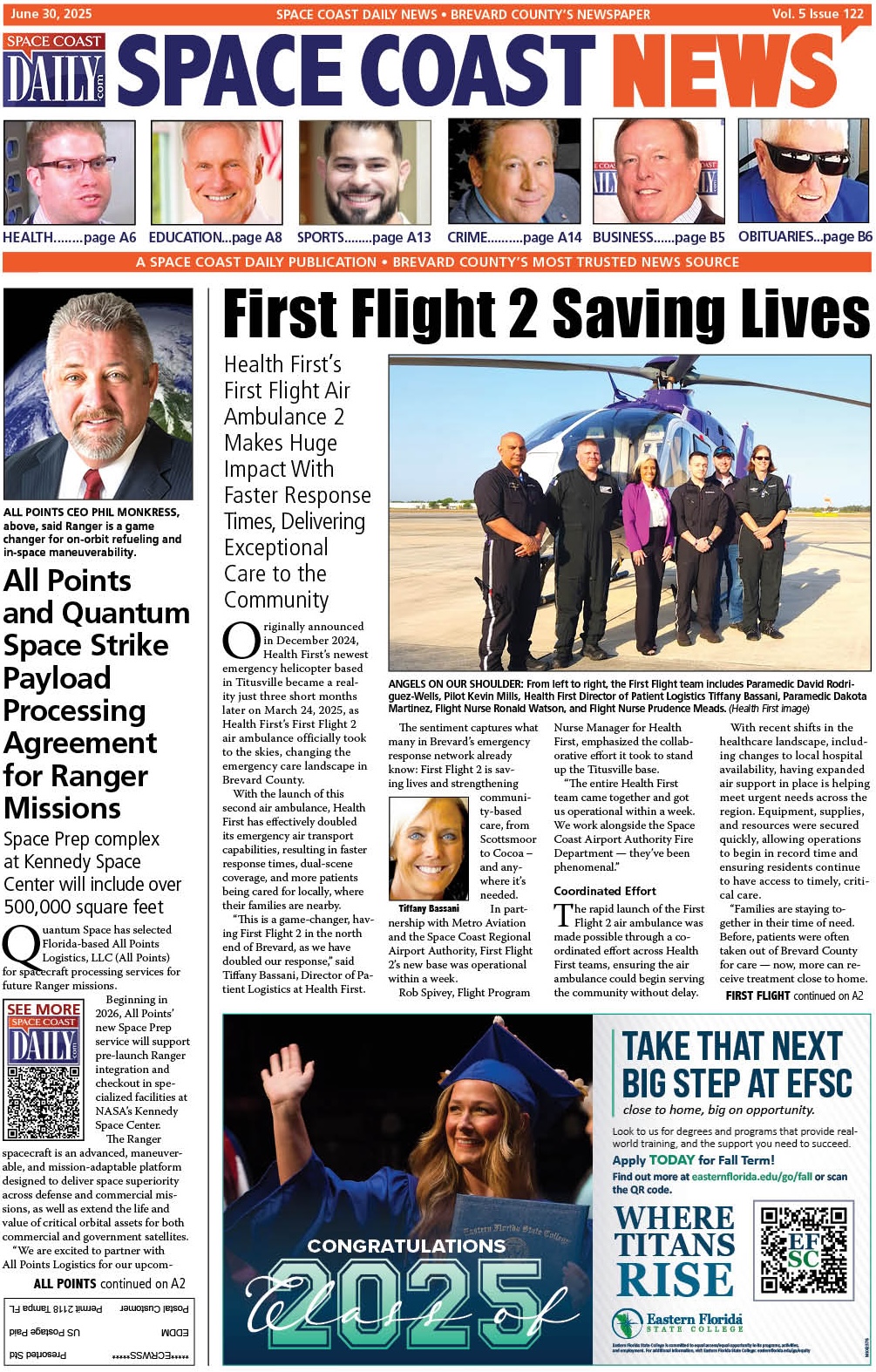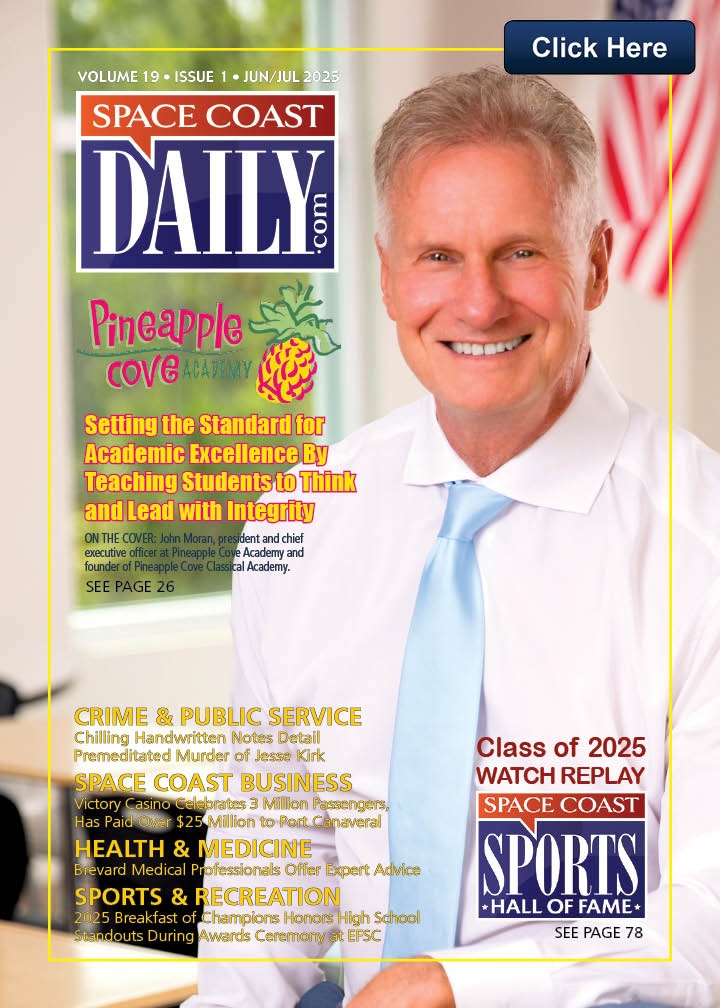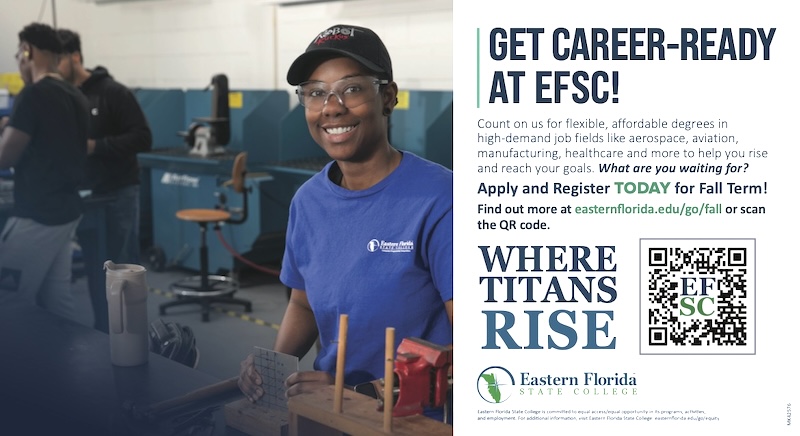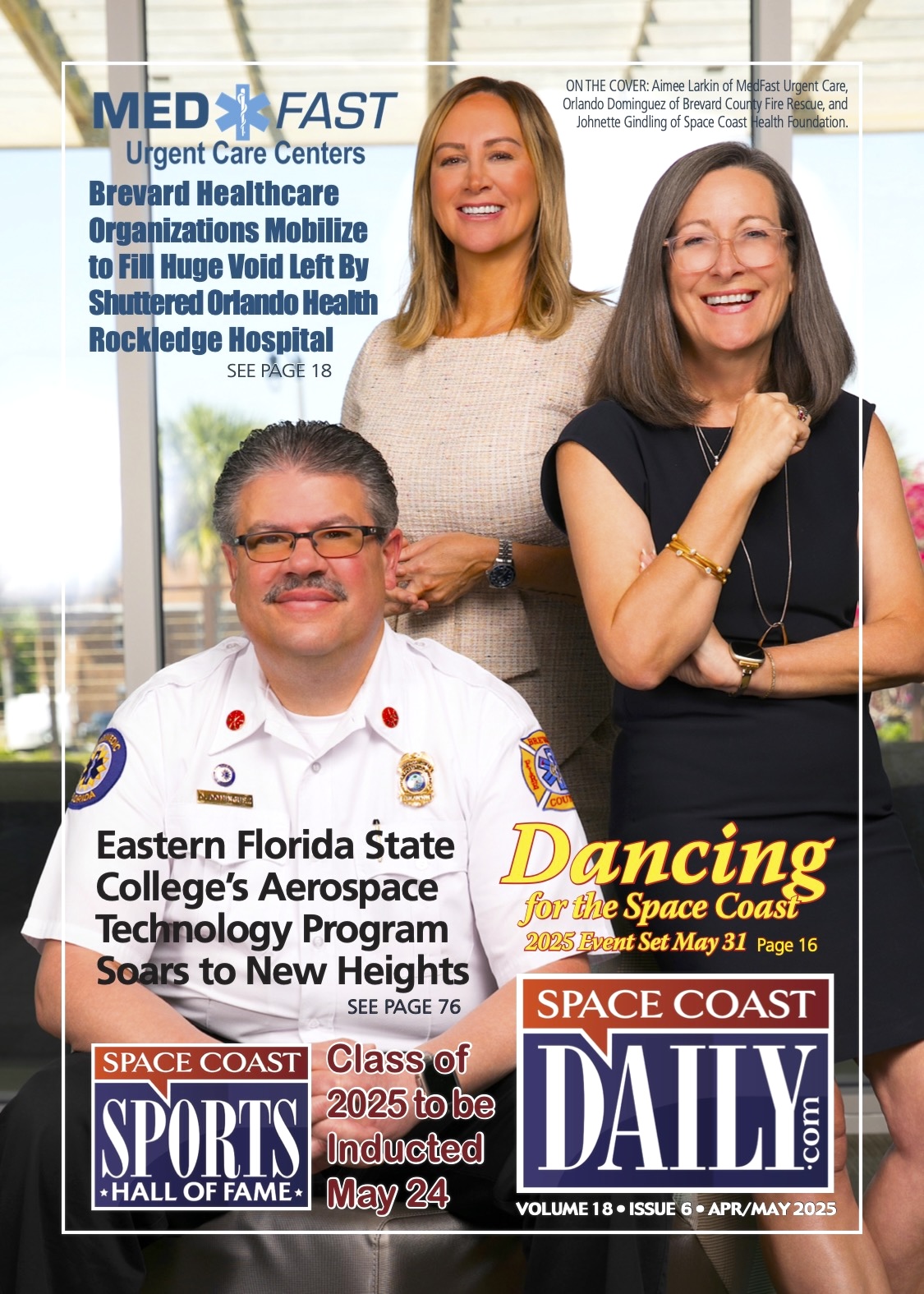VIDEO: Reshaping American Air Travel’s Future
By Space Coast Daily // December 20, 2014
making the NextGen environment safer
BREVARD COUNTY, FLORIDA – The holiday season is upon us and you know what that can mean — crowded airports, delayed flights, and a tasty side dish of frayed nerves.
It might be worth giving thanks, then, to a dedicated group of researchers at NASA’s Langley Research Center in Hampton, Virginia, who are working to change that.
There, in one of the center’s largest buildings, those researchers (sometimes with the help of airline pilots and air traffic controllers) are conducting studies to help reshape the future of American air travel. And they’re doing it in a brand new Air Traffic Operations Laboratory, or ATOL for short.
“We’re trying to make the whole NextGen environment safer, more efficient,” said Ed Scearce, NASA Langley’s ATOL operations manager.
And what is the NextGen environment Scearce is referring to?
That would be the Next Generation Air Transportation System, new national airspace technology being implemented by the Federal Aviation Administration.
Over the next decade or so, the FAA will transition the country’s air traffic control network from a limited ground-based system of radar sites to an expanded space-based system of satellites, helping to move the ever-increasing volume of American air traffic in and out of the nation’s airports more quickly and safely.

NASA Langley’s role in that transition is to use both its new lab space and the Airspace and Traffic Operations Simulation software, or ATOS, to test NextGen-friendly algorithms, operational concepts and flight deck displays.
They’re also evaluating the integration of revolutionary vehicles, such as unmanned aerial systems (UAS), into the National Airspace System. Researchers are doing that with two types of experiments — batch and human-in-the-loop.
In batch experiments, the team at Langley runs simulations entirely on computers.
The scenarios might focus on aircraft interval management around Phoenix Sky Harbor International Airport, or UAS operations around Dallas/Fort Worth, or automated separation assurance in the skies around Denver International Airport.
“We can run hundreds or thousands of simulations, because the computers never complain. They work 24-7, nights, weekends. They just don’t care,” said Scearce.

The software can simulate a variety of piloting styles as well.
“We have aggressive computer pilots,” Scearce said. “We also have computer pilots that have a built-in delay, so you need it to do something quickly but it does it 30 seconds later.”
Eventually, though, Scearce and his team have to bring in actual people to validate the key findings from all that computer data. During those human-in-the-loop tests, seasoned pilots and air traffic controllers visit the ATOL and interact in simulated air traffic environments.
“You have to have controllers in seats, you have to have pilots in seats and say, ‘Is this acceptable to you guys?'” said Scearce.
Scearce and his team moved into the new lab earlier this year. Compared to their previous home in the same building, the new ATOL has roughly double the space.

“You could say we became victims of our own success,” said Scearce.
“We had the need to run multiple human-in-the-loop studies at once, so this new space is the answer to that.”
Where the old lab essentially had one room for each function, the new one features two pilot rooms, two air traffic control rooms, two ATOL control rooms and two briefing rooms. It also includes an Unmanned Aerial Systems lab that was previously located off-site.
The current upgrade is just the first phase of a two-phase project.
Future upgrades planned for the next calendar year include a rapid prototyping/development and testing area, and an area that will allow the team to explore the addition of personal air vehicles into the National Airspace System.
Until then, the ATOL crew is staying plenty busy.
In the past few months, they’ve supported three simultaneous batch studies. They’re also planning for two more batch studies and three human-in-the-loop studies that will go to data collection next year.
Business probably won’t die down anytime soon. In 2011, the FAA predicted that air travel would more than double over the next 20 years. With NextGen, the FAA hopes to not only accommodate that additional air traffic, but also make flying a more pleasant experience all around — cheaper, greener, quieter.
There are still questions to answer first, though. And NASA Langley’s ATOL team is right there in the thick of it, helping search for the answers.
“How do you deal with more aircraft in the skies? How do you become more efficient, more environmentally friendly, reduce noise, still get to where you’ve got to on time and maintain the safety record?” asked Scearce.
“That’s really what we look at here.”



